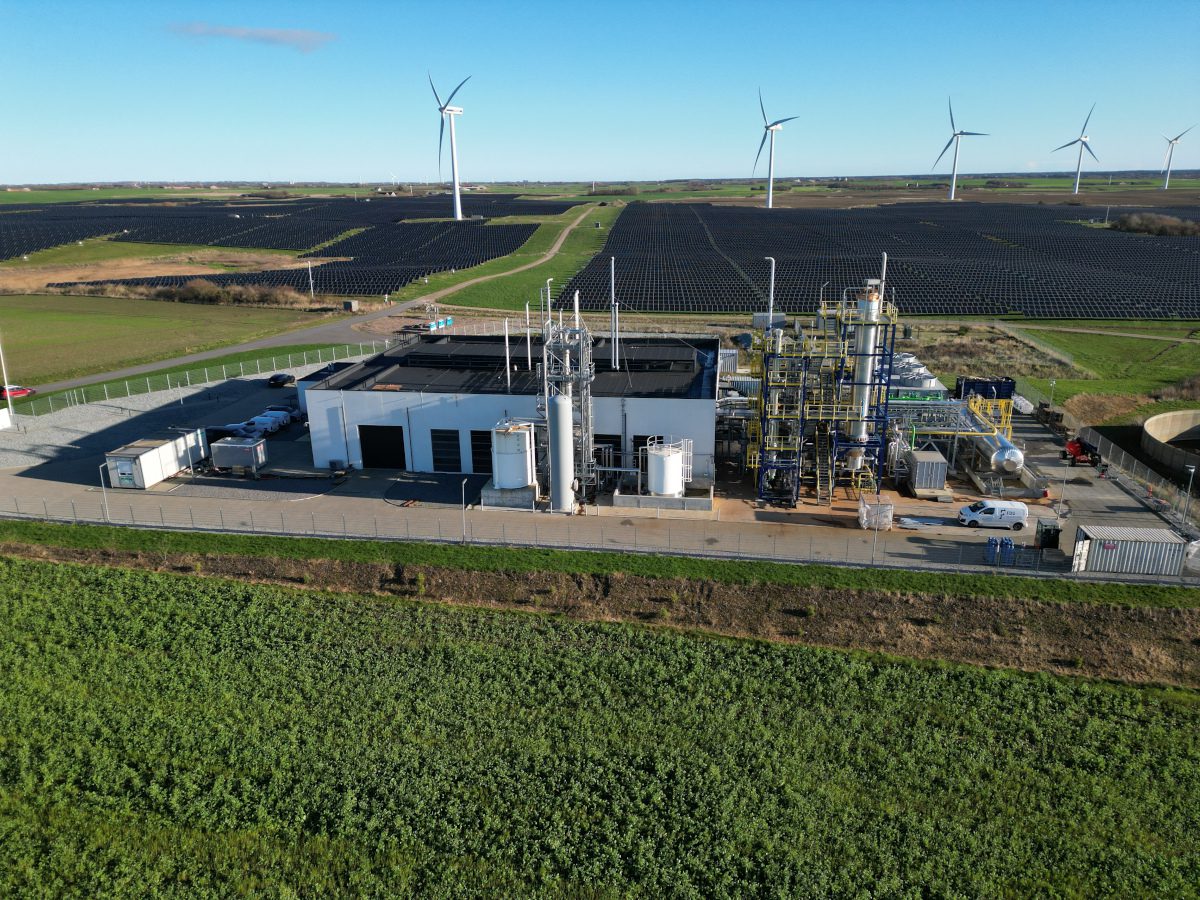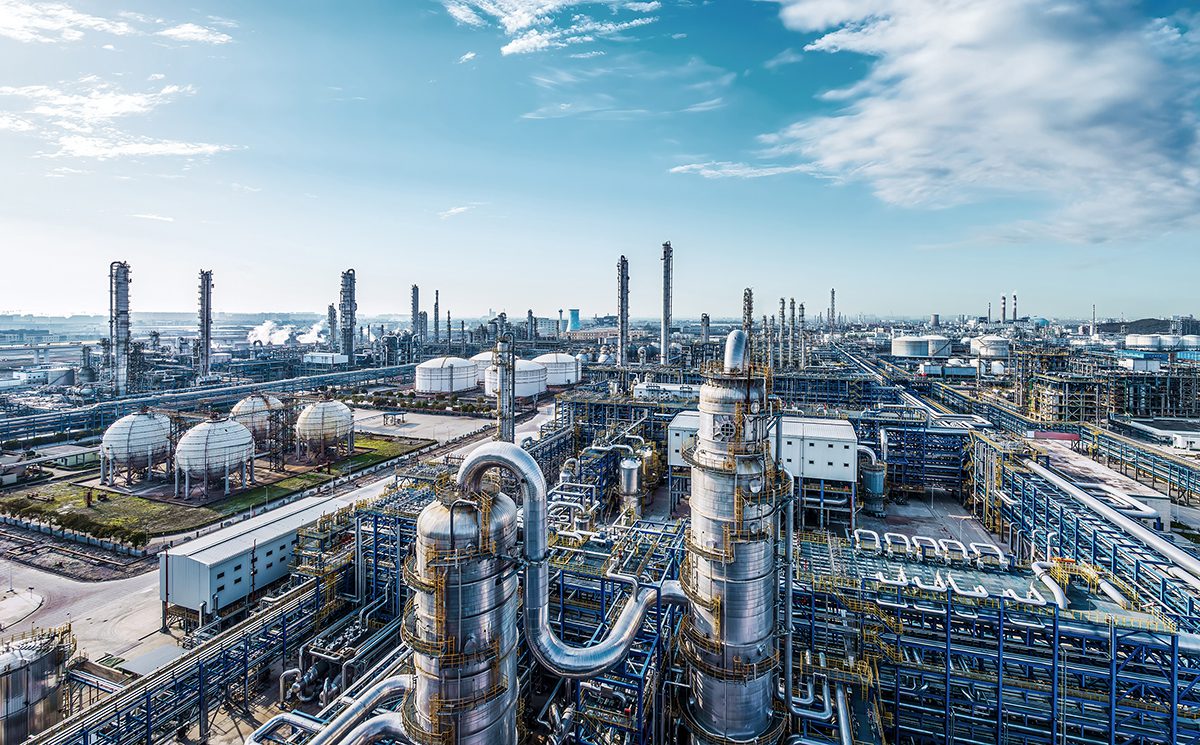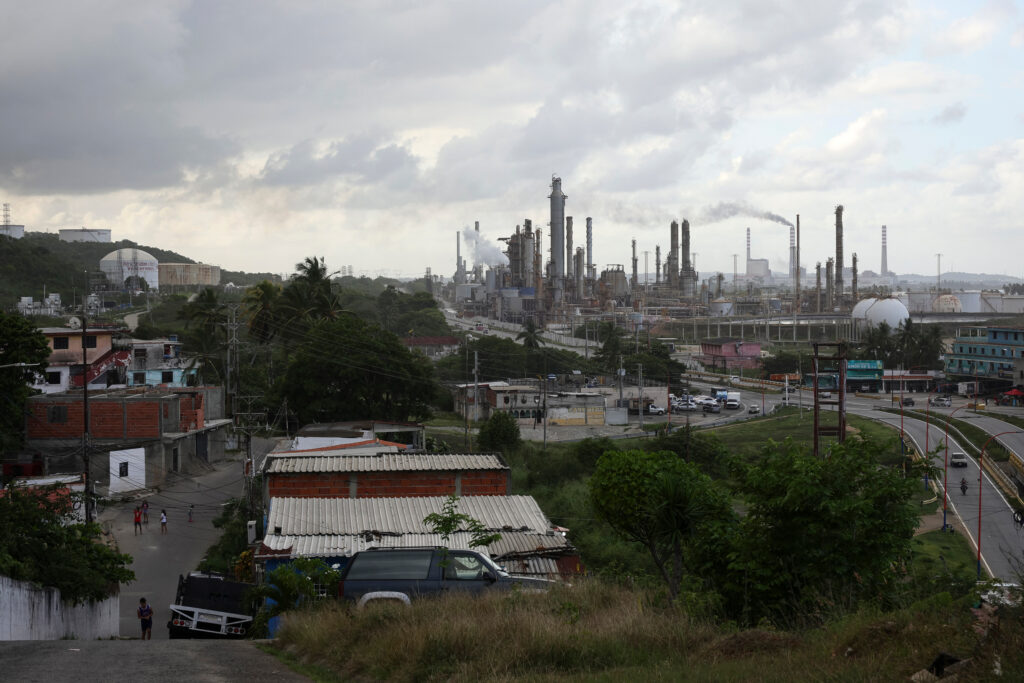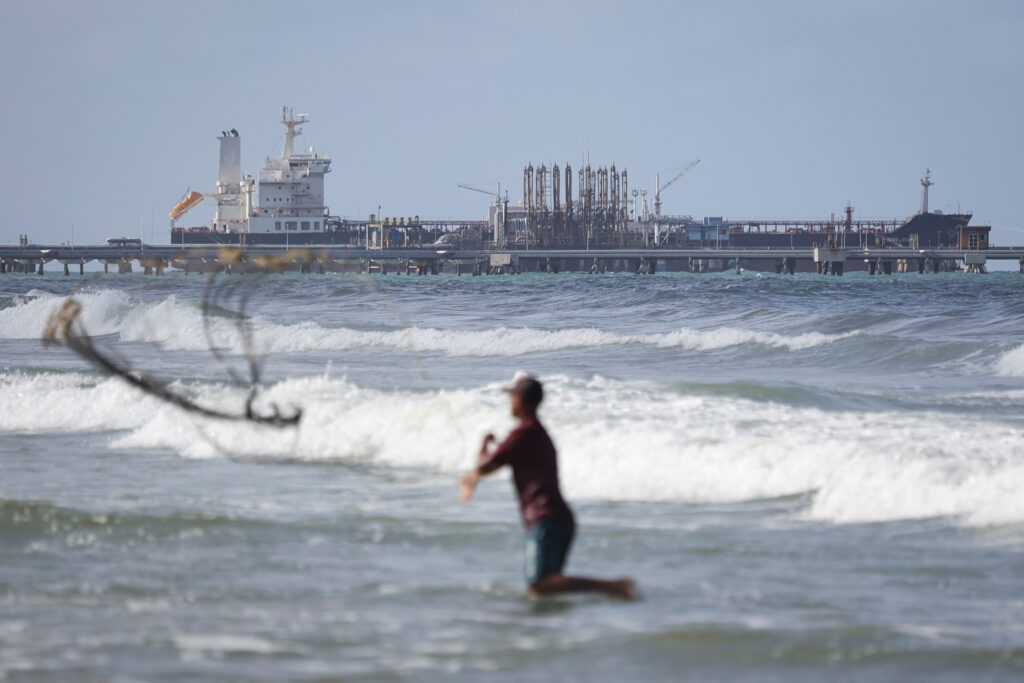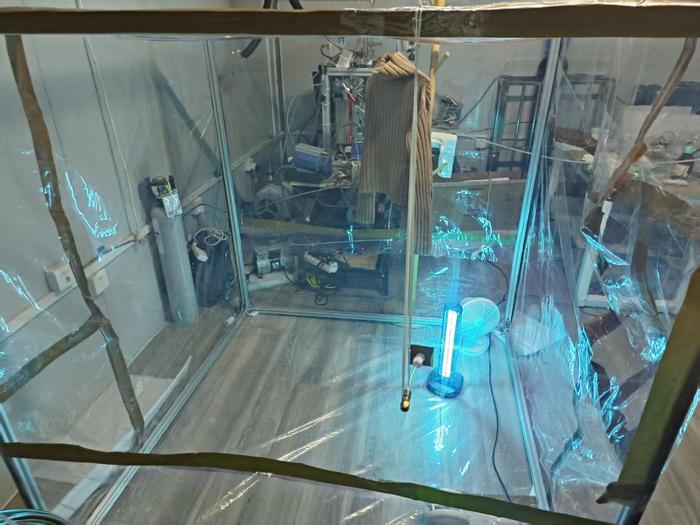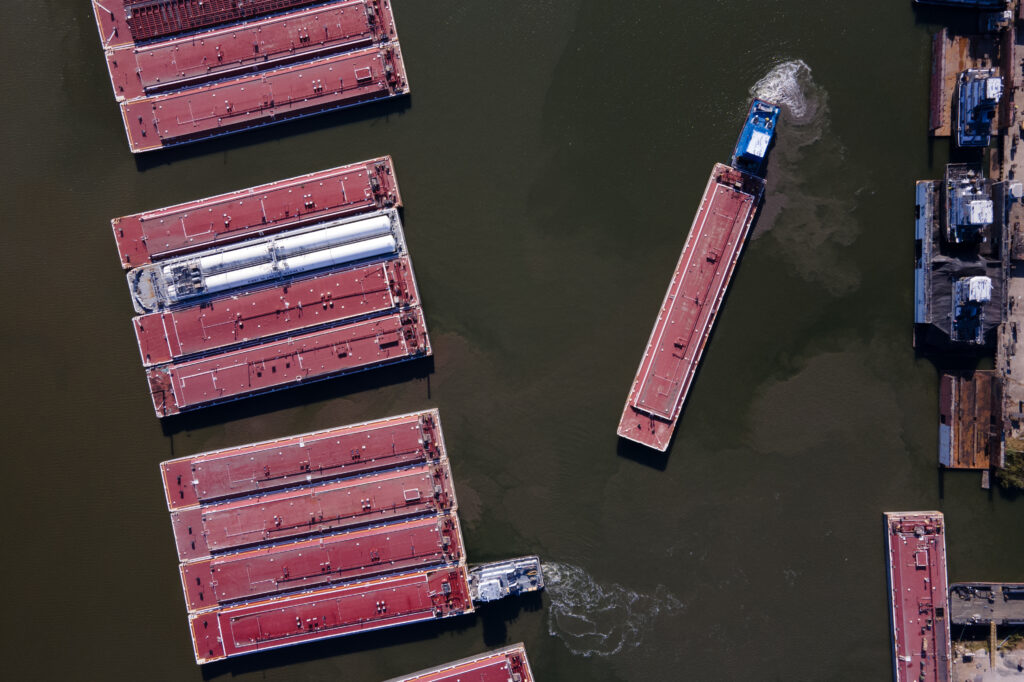Dust is everywhere. Its presence in smaller quantities does not pose a health risk. However, owing to industrial and other factors dust production increases several times. If dust is not managed and monitored, it soon becomes detrimental to human health and also the surrounding environment. Thankfully, the launch of dust monitors has addressed the issue accurately. Let us consider Sydney for example. The city is one of the first ones that introduced dust monitors and yielded benefits immediately. Presently, Dust Monitors from Osterman is being extensively used in various sectors i.e. from construction sites to every other place where dust is a threatening challenge. Let us discuss in detail the ways in which dust monitors are contributing to a better world.
Occupational health and safety
Construction and manufacturing sites in particular deal with dust-related issues. Activities like mining, construction, and even traffic can generate huge amounts of dust. The use of dust monitors is indispensable in such places. When humans are exposed to dust for a long period they are at risk of developing respiratory illnesses and other health problems. Modern dust monitors can efficiently provide real-time data on the levels of dust, which lets the supervising employees, implement effective measures to regulate it. As a result, workers are no longer at risk of being exposed to dust.
Let us take into account the role of dust monitors in mining operations. The sites usually generate a lot of dust and to make matters worse, it can also contain other harmful substances in it. Silica is a substance that is a byproduct of processes like drilling, cutting, and excavating. The dust monitors can monitor the dust level which in turn will let the construction company’s employees introduce a dust suppression system at the right time. Furthermore, they can also make use of dust-protective gears for the workers and improve ventilation.
Likewise, dust generation from activities like the use of heavy machines, sanding, and grinding can be put to check. As mentioned before, the present-day dust monitor continuously provides real-time data allowing the supervisors to adjust the process accordingly. With this approach, companies can now safeguard the health of employees and increase the efficiency of the overall project.
Environmental monitoring
After taking care of the workplaces, the role of dust monitors becomes significant in limiting dust emissions and protecting the environment. Often, due to the work carried on in various industries, the release of dust is natural. Some of these industries include power plants, refineries, and manufacturing units. Dust monitors play a vital role in controlling dust emissions and thus minimize the environmental impact.
To elaborate further, dust monitors can immediately provide feedback on the amount of particulate matter concentrations. Based on the information, different production units can change their operations which reduce emissions. Consequently, it helps the air to remain clean and promotes a healthier environment.
In cities like Sydney, traffic-induced dust is a major issue and it contributes a lot to polluting air. The implementation of dust monitors near roadways can help the local authorities to assess the amount of emissions. Based on the feedback they can sort out a plan to reduce it. Previously, the lack of data was one of the main reasons leading to an increase in air pollution. Now, authorities have the convenience of planning effective measures or introducing transportation regulations to reduce dust emissions.
Dust monitors in the construction industry
All forms of construction activities are known to generate dust. While construction works can never stop, as they are important for making our lives better, steps to regulate dust were becoming mandatory. Dust monitors deployed at construction sites can help businesses a lot. With the available data, the authorities can take adequate steps to reduce the impact of dust on the workers and the surrounding environment.
In bigger construction projects like building demolition or drilling, the use of heavy machinery is obligatory. Here again, the placement of dust monitors at accurate places can help construction site managers implement safeguarding measures. Dust suppression facilities are one of them. Furthermore, they can also rely on water sprays, dust control additives, or enclosed systems to regulate dust generation. The real-time data provided can also help construction businesses plan better for their forthcoming projects and reduce the impact of dust significantly.
Improving indoor air quality
Often, workers have to spend time in enclosed spaces. These are common in manufacturing plants, warehouses, and even labs. If the indoor air quality is poor, it can have a significant impact on the health and comfort of the people working in the places. The introduction of dust monitors can help managers to maintain the ideal air quality. They can now identify the potential sources of dust and can take preventive measures.
The improvement of air quality can impact the manufacturing and construction industries in other ways too. For example, excessive dust accumulation on sensitive equipment can make it malfunction or stop working. The companies then have to deal with stoppage time and spend additionally on repairs. With dust monitors in place, dust emissions will be under control. Thus it reduces maintenance costs and helps the machines to operate smoothly.
Transportation and traffic management
Road dust is another challenge that affects the health and the surrounding environment. In Sydney, the authorities have now implemented dust monitors to integrate traffic management systems, leading them to manage air-induced pollution a lot better. The information provided by dust monitors is constantly being monitored and it has led to a surge in activities like cleaning the streets with water, applying barriers, and various emission control guidelines.
In advanced cities like Sydney, the introduction of dust monitors has led them to develop smart transportation systems. The authorities are now integrating real-time data with traffic flow information. Based on the findings they are optimizing various traffic management rules and strategies. Some of the notable ones include adjusting the signal settings, changing the routes of vehicles to limit dust emissions, and implementing stringent rules on vehicle emission control. All these factors can help reduce dust and promote a healthier environment.





